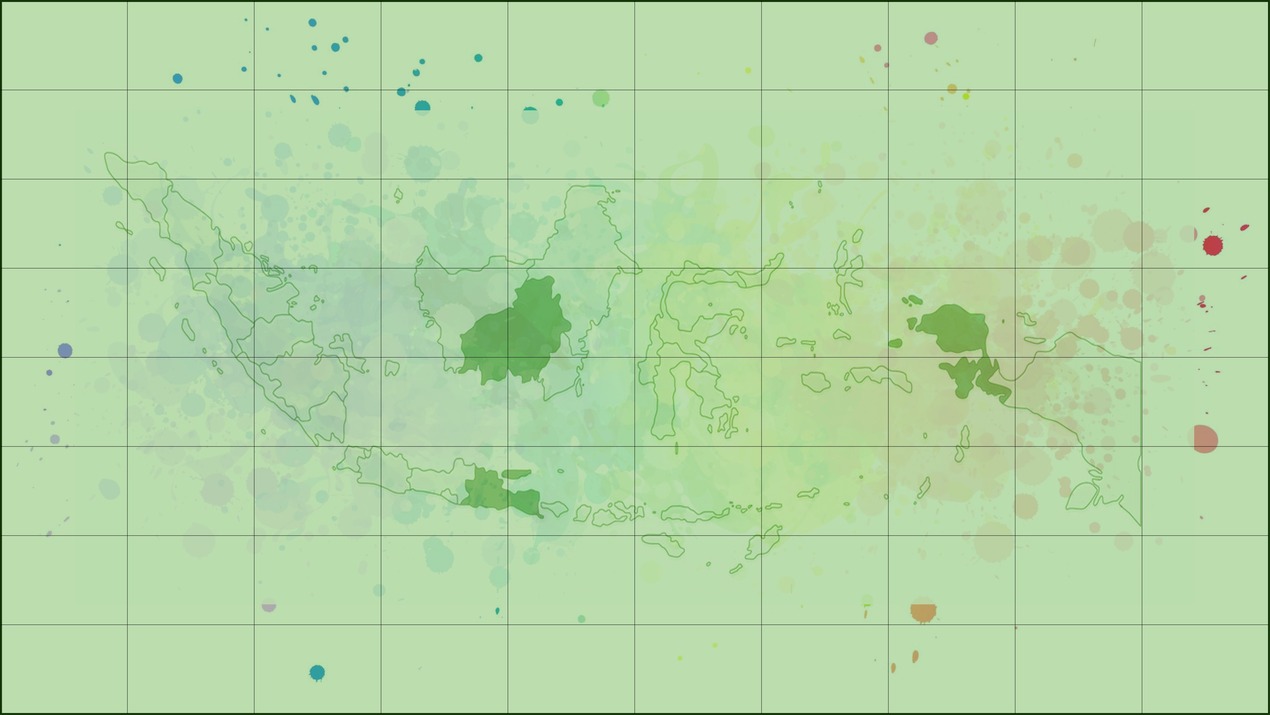
|
Getting your Trinity Audio player ready...
|
In the U.S., the difficulties in predicting and detecting tornadoes are compounded by the limitations of traditional radar technology, which often needs help to capture the full scope of these lower-altitude, rapidly forming cyclones.

However, an innovation in digital technology may transform the approach to understanding and forecasting tornadoes. Researchers at the MIT Lincoln Laboratory have unveiled TorNet, a comprehensive dataset derived from radar returns of thousands of tornadoes that have struck the United States over the past decade. This dataset, released as open-source, is unique in its scope and potential to foster advancements in machine-learning applications for meteorology.
TorNet includes over 200,000 radar images, of which 13,587 depict tornadoes. The remaining images feature non-tornadic conditions from severe storms, including randomly selected severe storms and those that resulted in false alarms—where a tornado warning was issued, but no tornado materialised. This distinction is crucial as it enhances the dataset’s utility in training algorithms to effectively differentiate between tornadic and non-tornadic weather patterns.
The challenge of assembling such a dataset lies in the rarity of tornado occurrences compared to the vast amount of radar data collected. The MIT team meticulously curated the dataset to ensure a balanced representation, avoiding overly simplistic comparisons that could skew algorithm training, such as contrasting tornadoes against markedly different weather events like snowstorms.
Mark Veillette, co-principal investigator of the project, emphasises the importance of such datasets: “The availability of benchmark datasets drives a lot of progress in digital technology. We expect that TorNet will provide a foundational platform for developing and enhancing machine learning algorithms to detect and predict tornadoes.”
Machine learning, intense learning—a subset of AI proficient in analysing visual data—has shown promising potential in interpreting complex radar imagery to identify critical features indicative of tornado formation. Traditional methods typically require meteorologists to manually identify these features, which is time-consuming and sometimes subjective. Deep learning, however, can autonomously discover and learn to recognise these features, potentially uncovering new patterns that human forecasters might overlook.
The initial models trained on the TorNet dataset have demonstrated impressive capabilities. These AI-driven models can accurately classify tornado intensity, distinguishing weaker EF-1 tornadoes 50 per cent of the time and more powerful EF-2 or higher tornadoes with over 85 per cent accuracy. Such advancements could lead to more precise and timely tornado warnings, significantly reducing the economic impact and loss of life of these natural disasters.
Further, the TorNet dataset’s open-source nature and accompanying models encourage collaboration and innovation within the global scientific community. Researchers worldwide can refine these models, experiment with new algorithms, and contribute to a collective understanding of tornado dynamics.
James Kurdzo, another co-principal investigator, highlights the dual benefit of this approach: “Releasing this dataset not only aids in scientific inquiry but also accelerates the training process for emerging researchers. Graduate students, for instance, can dive directly into research without the lengthy preliminary phase of data collection and preparation.”
The development of these models also paves the way for their integration into operational forecasting tools. As radar technology continues to advance, allowing for quicker and more frequent data updates, the integration of AI could help meteorologists sift through vast quantities of information more efficiently, maintaining focus on critical developments that could indicate imminent tornado activity.
Deploying advanced digital technologies like TorNet could revolutionise the approach to weather forecasting. By enhancing the accuracy of tornado predictions and reducing false alarms, these technological tools promise to save lives through better preparedness and timely response strategies, ultimately fostering greater trust in meteorological warnings and encouraging the public to take necessary protective actions during severe weather events.
















